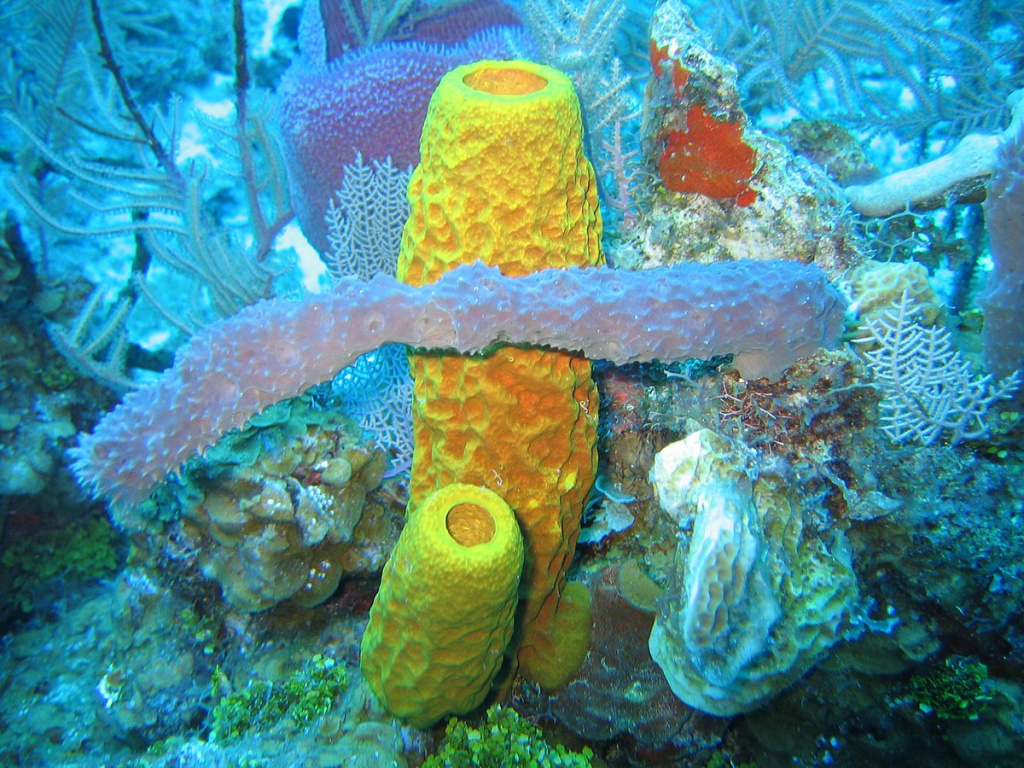The existence of life on the planet is a fantastic phenomenon which baffles everyone at least once in their lifetime. A new discovery by a team of researchers has discovered the oldest evidence of animal life on our planet. But this time, it didn’t come from ancient fossils unlike most of the evidence of early life which is found in bones of ancient animals.
The research suggested that there was a range of bizarre animals living long before the Cambrian explosion in which animal life rapidly got diversified for the first time. Those bizarre animals did not have bones and they were detected by the chemicals they left behind.
The biomarker discovered by the team of international scientists is estimated to be between 635 to 660 million years old. This is the oldest clue ever known to man.
The biomarker, a steroid compound named 26-methylstigmastane, was discovered in ancient rocks and oils form Oman, Siberia, and India.
“This steroid biomarker is the first evidence that demosponges, and hence multicellular animals, were thriving in ancient seas as far back as 635 million years ago,” first author Alex Zumberge, Ph.D. said Monday. Zumberge is a doctoral student in Earth sciences at the University of California, Riverside.
Today the Demospongia make up the planet’s most diverse sponge group. All of the nearly 8,000 species of demosponges worldwide are brightly colored invertebrates that reproduce both sexually and asexually. While sponges, like all animals, have a certain type of skeleton that gives their bodies a shape, a sponge’s skeleton doesn’t usually leave behind a recognizable body fossil. That’s why in the hunt for signs of ancient sponge life, Zumberge and his colleagues focused on finding distinctive and stable biomarkers instead of fossils.
These new findings strongly suggest that demosponges floated in Neoproterozoic marine environments and even existed as far back as the Cryogenian period, which spanned 720 to 635 million years ago. These demosponges may not have had eyes or spines, but they were animals that were adaptable enough to have descendants thriving today.

